JMI
Well-Known Member
zeeprogrammer said:How did you make that first curve on the eccentric arm?
Thanks, Zee
Used a rotary table and a 1/4" end mill.
Jim

zeeprogrammer said:How did you make that first curve on the eccentric arm?
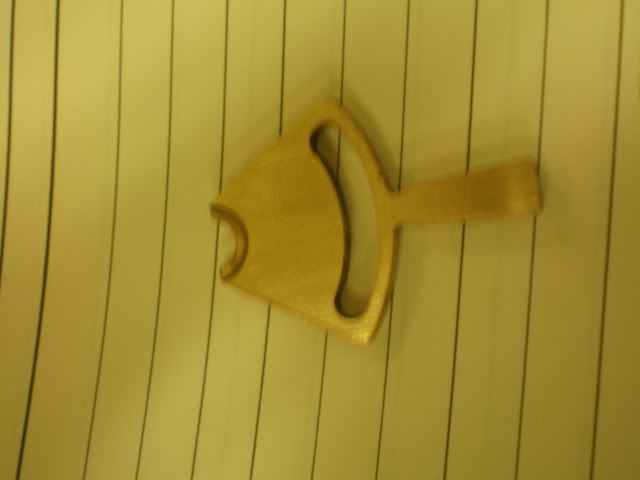
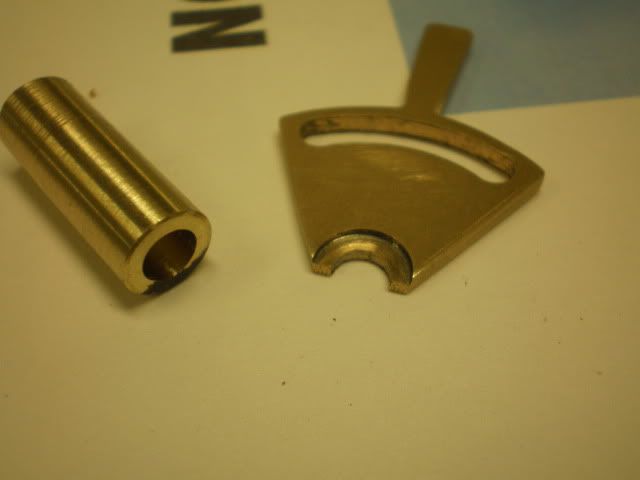
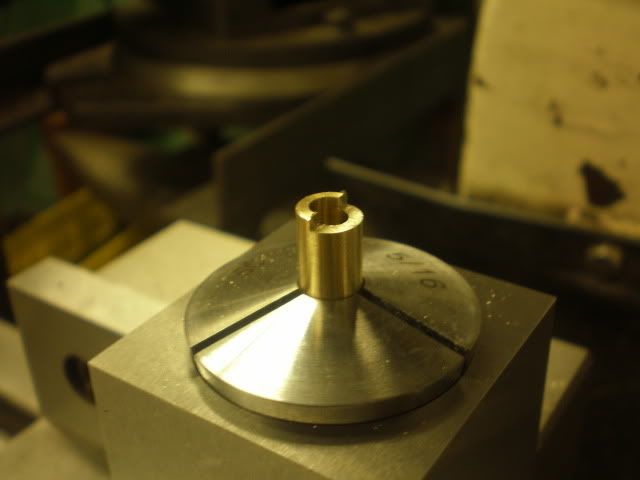
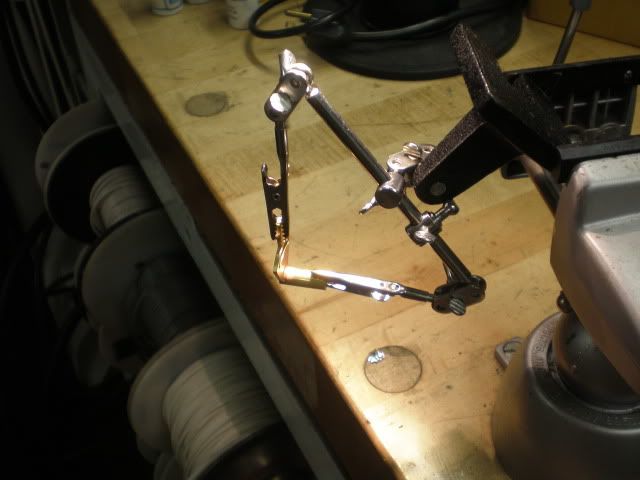
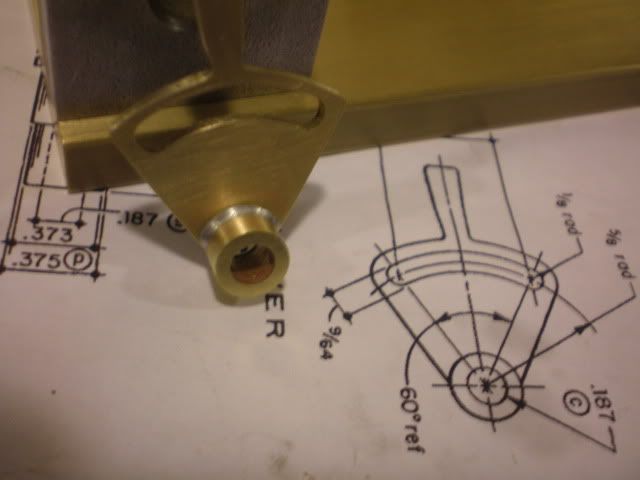
ChooChooMike said:Interesting to see different techniques in making the reversing handle. JMI silver soldered the boss/pivot onto the bottom whereas zee machined it all in 1 piece.
zeeprogrammer said:Credit where credit is due...that was not 'my' technique
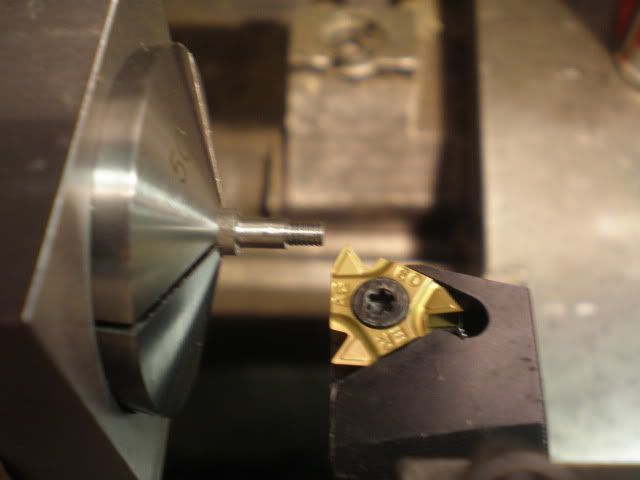
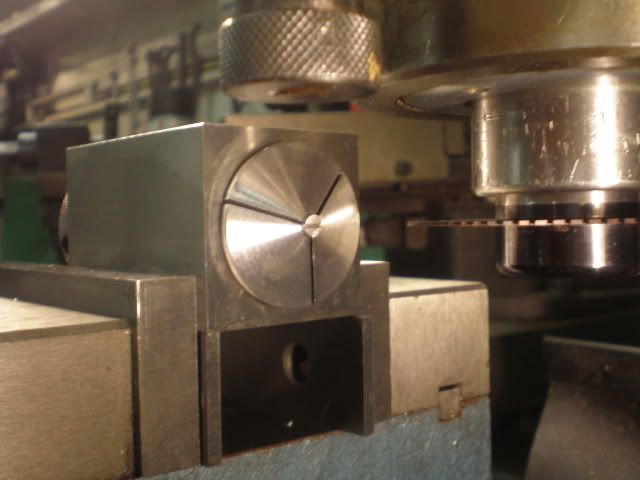
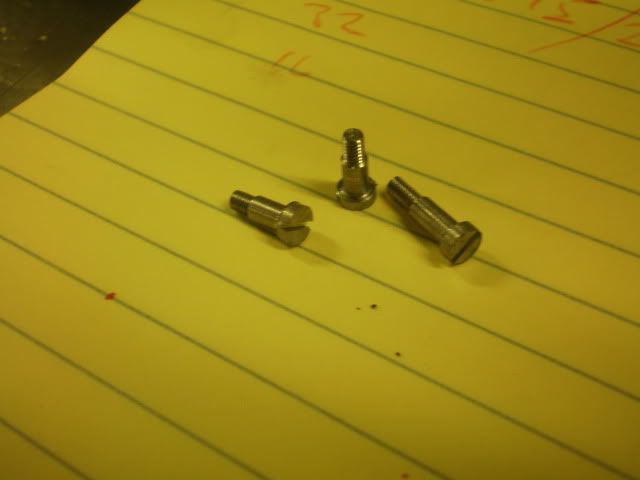
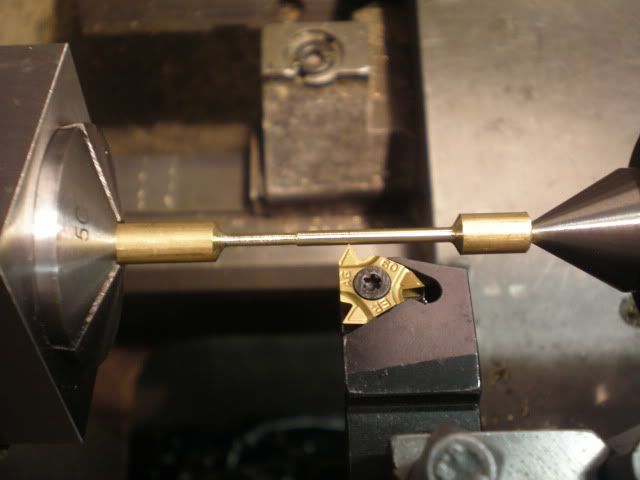
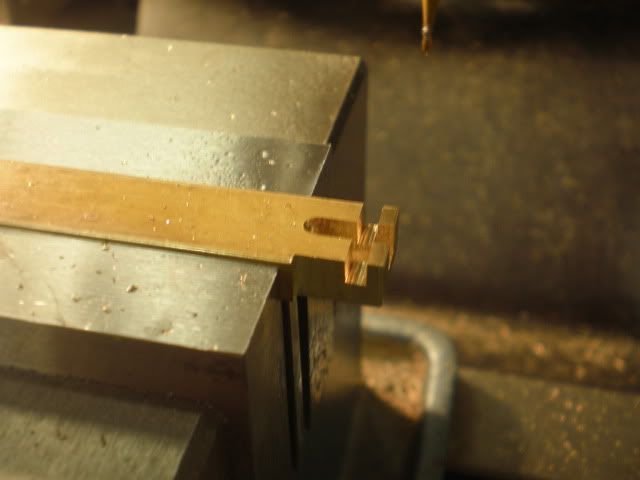
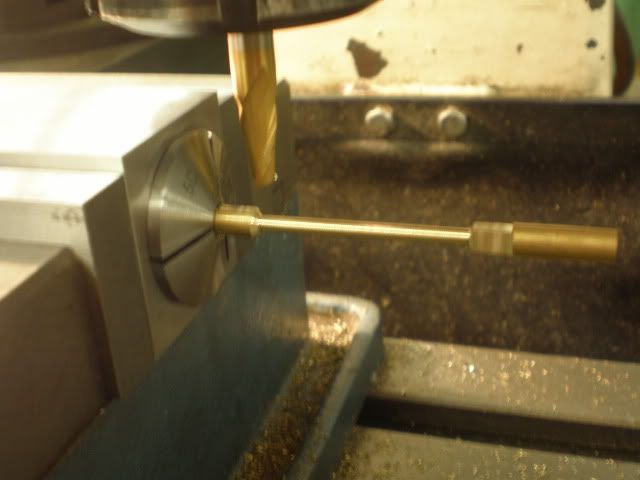
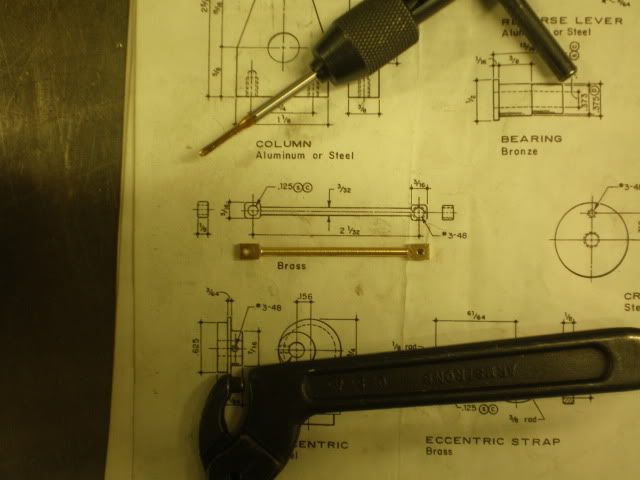
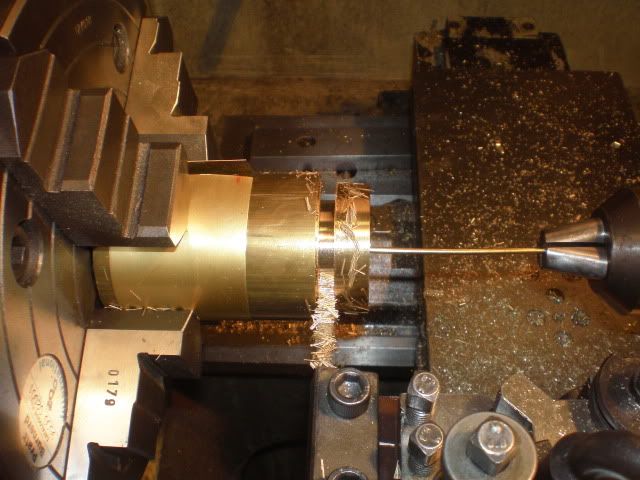
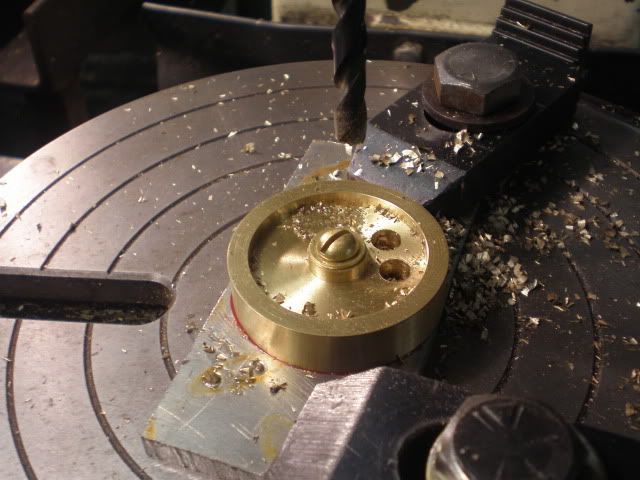
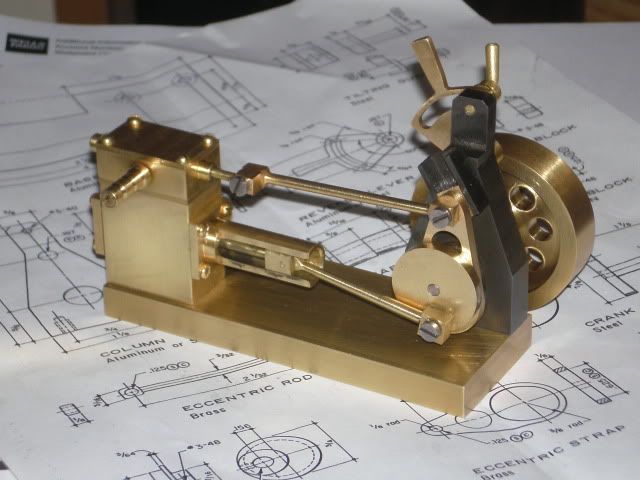
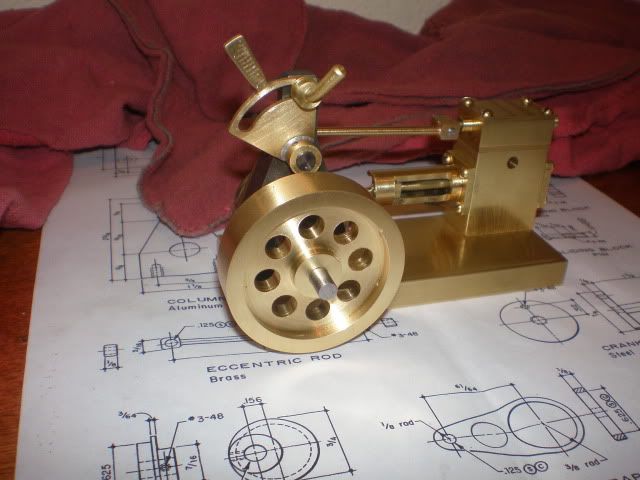
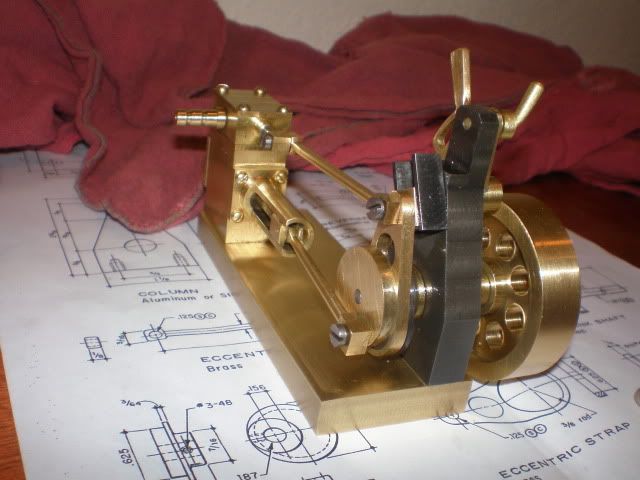
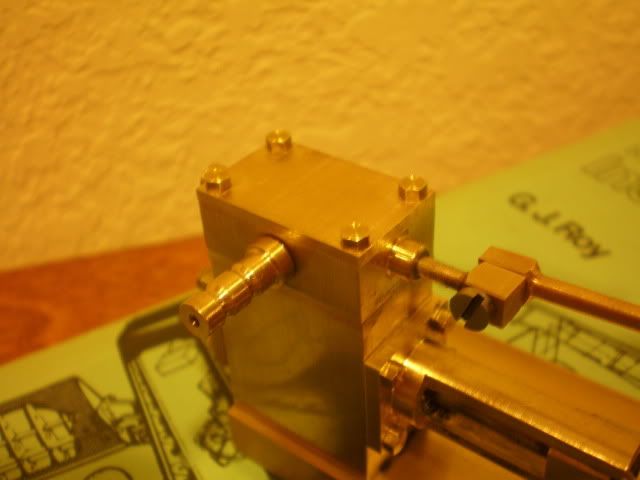
mklotz said:I hope you didn't take my comments as criticism. They weren't aimed at you but rather at novices who might consider building this engine.
Enter your email address to join: